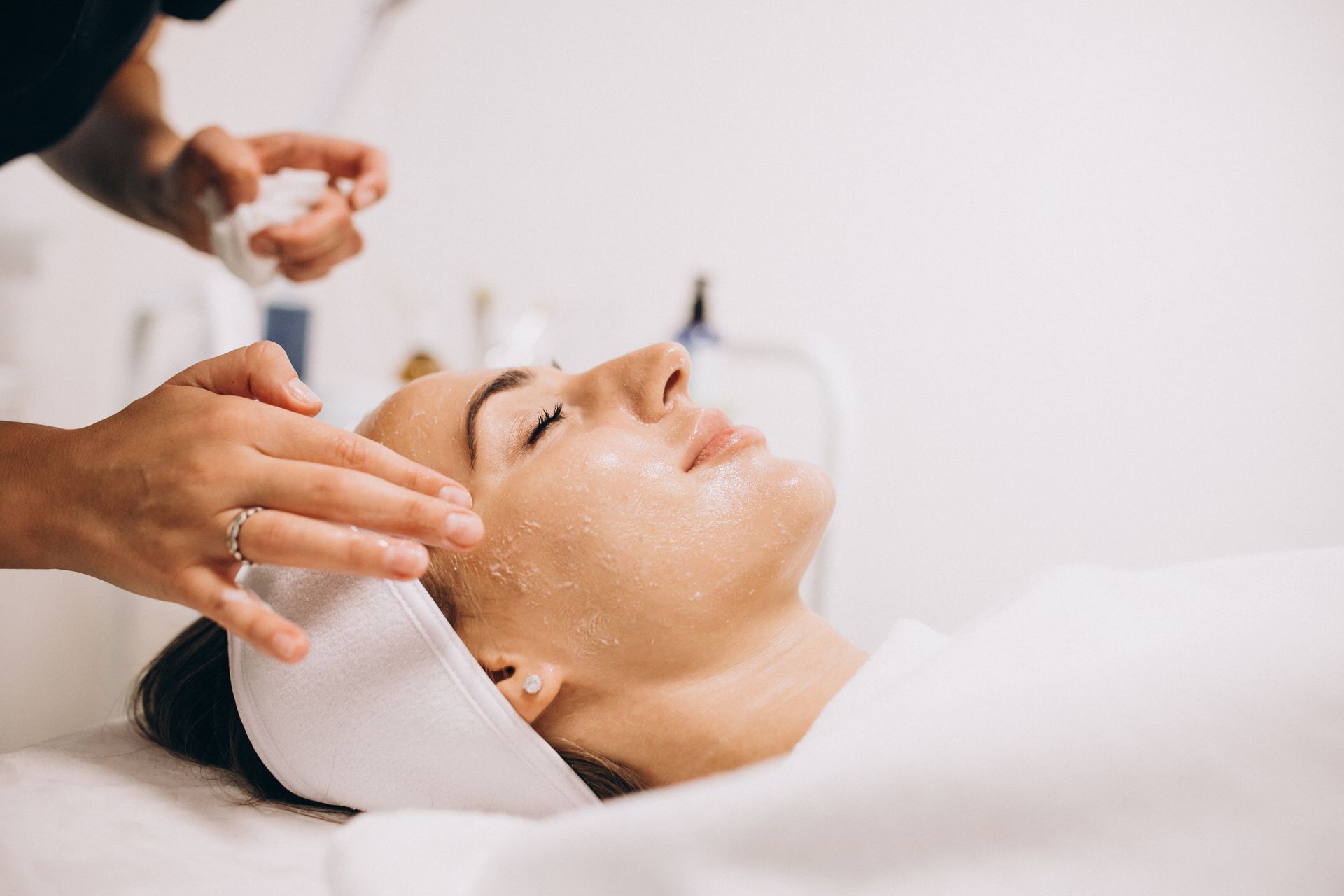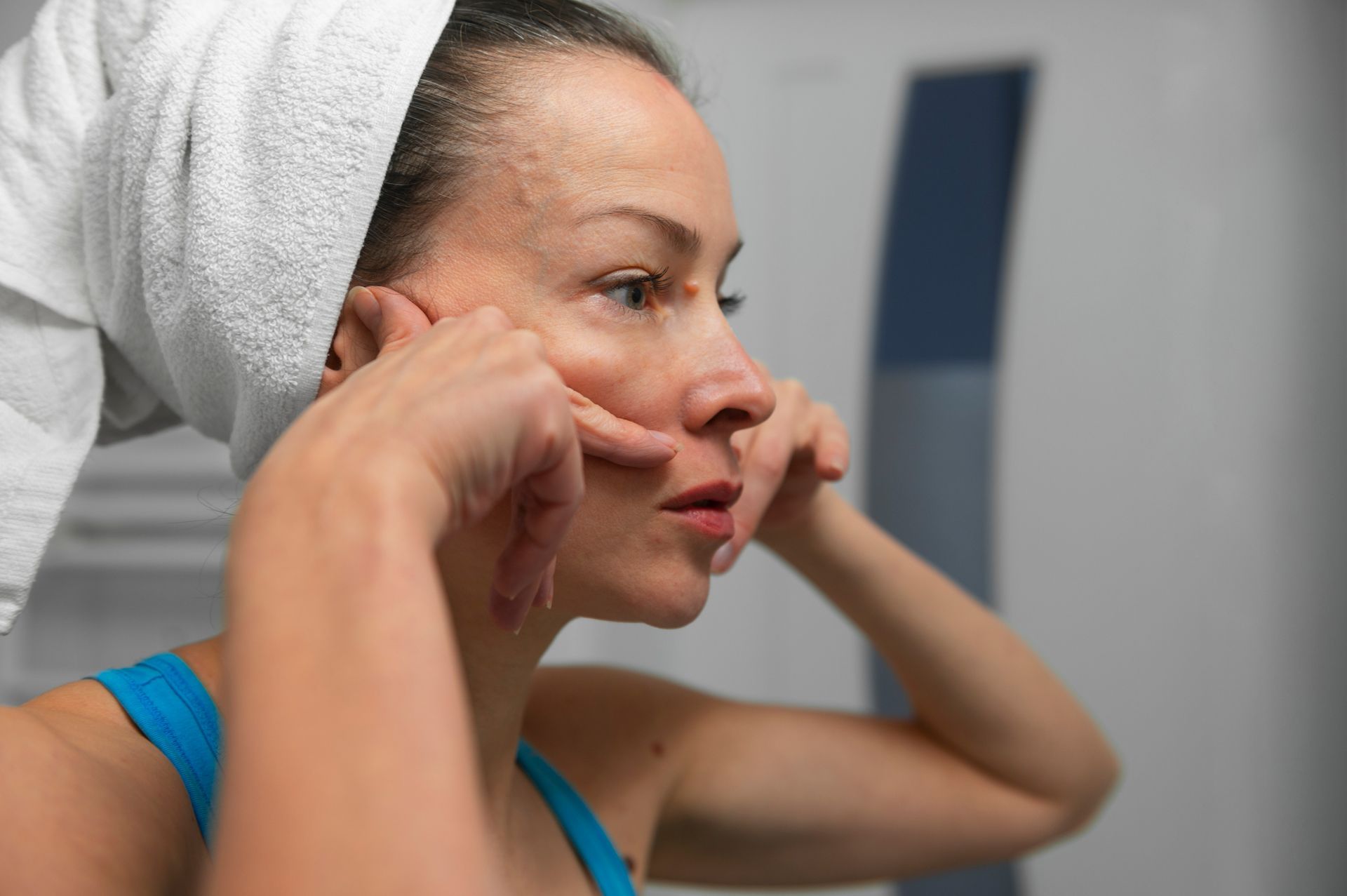Laser Hair Removal vs. Depilation Creams: A Comparison
Hair removal methods have significantly expanded in recent years, offering individuals a plethora of choices to achieve smooth and hair-free skin. Amidst these options, laser hair removal and depilation creams stand as two prominent contenders, each offering distinct approaches to achieving the desired outcome. Hair removal has long been a part of personal grooming routines, transcending cultural and societal norms. From traditional methods like shaving and waxing to the more modern techniques such as laser hair removal and depilation creams, the quest for a convenient, efficient, and long-lasting solution persists.
Within this spectrum, the comparison between laser hair removal and depilation creams emerges as a focal point for those navigating the maze of hair removal options. Both methods offer unique advantages and considerations, making it crucial to delve deeper into their mechanisms, effectiveness, and suitability for
different skin types and personal preferences. This exploration aims to dissect the intricacies of these two methods, shedding light on their workings, effectiveness,
potential side effects, and considerations, ultimately empowering individuals to make a well-informed choice in their pursuit of a smoother, hair-free existence.
Exploring the Dynamics of Laser Hair Removal
Photothermolysis is the mechanism that underlies laser hair removal. This process involves the use of concentrated light beams, emitted by a laser, targeting the melanin pigment in the hair follicles. The concentrated light energy is absorbed by the melanin, effectively damaging the hair follicle without causing harm to the surrounding skin.
Laser hair removal is renowned for its effectiveness in reducing
hair growth significantly. It can lead to long-term hair reduction, with many individuals experiencing a considerable decrease in hair growth after a series of treatment sessions. While it's often described as a semi-permanent hair reduction method, some people may notice regrowth, albeit finer and lighter hair.
Before the procedure, it's crucial to consult with a licensed professional or dermatologist. During the session, the technician will guide a handheld laser device over the targeted area. The duration of the procedure varies based on the size of the area being treated, ranging from a few minutes for small areas like the upper lip to an hour or more for larger areas such as
the legs.
Multiple sessions are typically required to achieve optimal results since hair grows in cycles and the laser is most effective during the active growth phase. Patients are usually advised to space sessions several weeks apart.
Potential Side Effects and Considerations
While generally safe, laser hair removal may cause temporary side effects such as redness, swelling, and mild discomfort during and after the procedure. Skin irritation and pigment changes in the treated area can also occur, especially in individuals with darker skin tones.
Moreover, there's a
risk of burns or blistering if the procedure is not performed correctly or if the treated area is exposed to sunlight immediately after the session. It's important to follow
post-treatment care instructions, including avoiding sun exposure and using sunscreen.
Individuals with certain skin conditions or those on specific medications may not be suitable candidates for laser hair removal. Consulting a qualified professional before undergoing the treatment is essential to minimize risks and ensure suitability based on individual circumstances.
A Guide to Depilation Creams
Depilation creams, also known as hair removal creams, employ chemical agents such as calcium thioglycolate or potassium hydroxide to break down the protein structure of hair, essentially dissolving it at the skin's surface. These creams work by weakening the hair shaft, allowing it to be easily wiped or rinsed away, leaving the skin smoother.
Hair can be easily removed from the surface of the skin with depilation creams in a quick and painless manner. They are effective in removing hair at the skin's surface level and can provide relatively smooth skin for several days. However, compared to other methods like
shaving or
waxing, the regrowth tends to be quicker since the hair is removed from above the skin rather than the root.
Using depilation creams is straightforward. Users typically apply a thick layer of the cream on the desired area, making sure to cover the hair completely. After leaving the cream on for a specified period (usually around 5-10 minutes), depending on the product and hair type, the cream is then wiped or rinsed off, taking the dissolved hair along with it. It's essential to follow the instructions provided with the specific product for the best results and to avoid irritation.
The ease of use makes depilation creams a convenient option for many individuals, especially for those seeking a quick hair removal solution without the potential discomfort associated with other methods like waxing or epilating.
Potential Skin Reactions and Precautions
While depilation creams are generally well-tolerated, they may cause skin irritation or allergic reactions in some individuals. It's advisable to perform a patch test on a small area of skin before using the cream on larger areas to check for any adverse reactions.
People with
sensitive skin may experience redness, itching, or a burning sensation after using depilation creams. It's essential to follow the recommended application time and not exceed it to avoid skin irritation.
Certain areas of the body might be more sensitive to these creams, so caution should be exercised when using them in sensitive areas like the face or bikini area. Also, it's important to read and adhere to the product's instructions, including any recommended precautions or warnings, to ensure safe and effective use.
Comparison: Laser Hair Removal vs. Depilation Creams
Effectiveness comparison:
- Laser hair removal: Offers significant and long-lasting reduction in hair growth. Can lead to semi-permanent results with multiple sessions.
- Depilation creams: Effective in removing hair at the skin's surface level, providing short-term smoothness. Hair regrowth tends to be quicker compared to methods targeting the root of the hair.
Duration of results:
- Laser hair removal: Results can last for an extended period, with many experiencing reduced hair growth for months to years after completing a series of sessions.
- Depilation creams: Provide relatively short-term results, usually a few days to a week, before hair regrowth becomes noticeable.
Cost analysis:
- Laser hair removal: Generally more expensive upfront due to the need for multiple sessions. Cost varies based on the size of the treated area and the number of sessions required.
- Depilation creams: Typically more budget-friendly as they are available over-the-counter and require less initial investment. However, the cost can accumulate over time with repeated purchases.
Pain and discomfort levels:
- Laser hair removal: Generally well-tolerated, with mild discomfort or a sensation likened to a rubber band snap during the procedure. Some individuals may experience slight discomfort or warmth in the treated area.
- Depilation creams: Mostly painless during application, although some people with sensitive skin might experience mild tingling or a stinging sensation. Rarely causes discomfort if used correctly.
Safety considerations:
- Laser hair removal: Generally safe when performed by trained professionals. However, there's a risk of temporary side effects like redness, swelling, and, in rare cases, burns or changes in skin pigmentation, especially for individuals with darker skin tones. Precautions against sun exposure after treatment are crucial.
- Depilation creams: Safe for most people when used according to the instructions. However, there is a risk of skin irritation or allergic reactions in some individuals. Patch testing before widespread application is recommended to avoid adverse reactions.
Considering these factors, the choice between laser hair removal and depilation creams often depends on individual preferences, budget, desired duration of results, pain tolerance, and potential risks associated with each method. Consulting with a dermatologist or licensed professional can help in making an informed decision based on personal circumstances and goals.
Factors to Consider Before Choosing
Skin type and sensitivity:
Different hair removal methods can impact the skin differently. For instance, individuals with sensitive skin may experience adverse reactions like redness or irritation with certain techniques, such as waxing or depilation creams. Understanding your skin type and its sensitivity helps in choosing a method that minimizes potential skin reactions.
Time commitment:
Certain hair removal methods demand more time than others. For instance, laser hair removal sessions can be time-consuming due to multiple treatments spaced weeks apart. On the other hand, methods like shaving or using depilation creams are quicker but necessitate more frequent repetition as the results are temporary.
Long-term goals:
Consider your desired outcome in the long term. Laser hair removal offers semi-permanent results with reduced hair growth over time, making it suitable for individuals seeking longer-lasting solutions. However, if you prefer a more short-term, quick-fix approach, depilation creams or shaving might suffice.
Assessing these factors—skin type and sensitivity, budget, time commitment, and long-term goals—allows for a more informed decision. It’s essential to weigh these aspects against the advantages and potential drawbacks of each hair removal method to choose the one that aligns best with your preferences and lifestyle. Consulting with a dermatologist or hair removal specialist can also provide tailored recommendations based on individual circumstances.
Which Method Is Right for You?
Choosing the most suitable hair removal method often boils down to a deeply personal decision influenced by various factors. In summarizing the key points between laser hair removal and depilation creams, it becomes evident that each method brings its own set of advantages and considerations to the table. Laser hair removal, known for its effectiveness in providing semi-permanent hair reduction, demands multiple sessions but offers longer-lasting results. In contrast, depilation creams provide short-term smoothness by removing hair from the surface of the skin.
Personal preferences and priorities significantly influence the choice of method. Those valuing extended periods of reduced hair growth might find laser hair removal more appealing, despite the need for several sessions and a higher initial cost. Conversely, individuals prioritizing convenience and immediate results might lean towards depilation creams, appreciating their accessibility for at-home use and ease of application.
The recommendation for the right method often hinges on different needs. For individuals with sensitive skin, depilation creams might prove gentler and less likely to cause adverse reactions compared to other techniques. Budget-conscious individuals might initially find depilation creams more cost-effective, although laser hair removal could be financially beneficial in the long run due to reduced maintenance needs. Tailoring the choice to align with long-term goals is crucial; laser hair removal caters to those seeking semi-permanent reduction, while depilation creams serve well for short-term or occasional hair removal needs.
Ultimately, the selection between laser hair removal and depilation creams is subjective, shaped by personal preferences, skin type, financial considerations, and the desired duration of results. Experimentation or seeking advice from a professional can aid in pinpointing the most fitting hair removal approach tailored to individual requirements and preferences.
Conclusion
In the realm of hair removal methods, the comparison between laser hair removal and depilation creams highlights a spectrum of options catering to diverse preferences and needs. While laser hair removal offers semi-permanent reduction in hair growth, requiring multiple sessions and a higher initial investment, depilation creams provide quick, painless results with shorter-term effectiveness. Ultimately, the choice between these methods hinges on personal priorities, skin type, budget, and long-term goals. Both methods offer their distinct advantages, empowering individuals to select the one that best aligns with their preferences and lifestyle for achieving smooth, hair-free skin.
BOOK YOUR FREE SESSION










